Is it really worth clay barring your car? Yes, without a doubt. Though it might be time consuming if done properly, it is worth the effort and we’ll see why it is.
What you’ll see in first place is a marked improvement in the feel and finish of the car surface. It is natural for your car to collect tar and much more filth from the road, apart from air and water pollutants, unless you’re the proud user of a trailer queen. Most of these start low key but be assured that they’ll build up over time and escape visibility, at the same time start consuming your paint or at least oxidize.
Even a good wash may not be effective in cleansing the paintwork prior to application of any protective compound. So, clay barring is mandatory before applying wax, sealant or anything else.
What is clay bar then? Not many may be familiar with the term. It is something like a sculptor’s wax with the consistency of putty. It has a role of picking up contaminants on paint surface, provided it is used with a good lubricant.
Use a clay bar and you’ll not think of a second option. You may have given your car a detailed wash, slogged it out snow foaming, shampoo cleaned using the best products with the two bucket method. But the moment you run a clay bar on just one panel you will find it damn filthy. Not blowing up, pal. It is a fact, if clay barring is something that’s new for you. Different, if you’d been clay barring monthly, as you might have stayed well informed about tar contamination.
We’ve been in auto-play mode about how clay bars work in dragging out the pollutants from paint’s surface. That’s not the best part. It DOES NOT damage the paint, though the procedure might look abrasive. Factually, it is gentle. You car will be in a league of its own, if you seal well after clay barring.
Wash your car well before clay bar treatment, lest you drag filth all across the surface causing swirl marks. We don’t need to repeat, do we? After a good round of foaming and wash, use an Iron remover or clear up products get rid of residue of iron and tar on the surface. It’ll help you have the claying easy.
The thumb rule - when making use of clay bar, use lubrication specific for use along with clay bar. Try our KochChemie Clay Spray that gels well with any paint specific clay bar.
Keep off sunlight and direct heat when working the clay bar. Cut the bar into small slices if you’re using a new one. Most of us have the tendency to drop it and hence slicing will help, as the dropped one has to be thrown off. If the bar is stiff, knead it to be supple, to work on the surface.
Lightly shower the lubricant on to a small section of the panel and work to complete before moving on to the next. Lubricate the clay bar too and with medium level of pressure move across in circular motion to complete the whole panel, pulling out road residue. Watch out if the panel is drying out. Complete the panel as you would wax it. After completion, use a microfiber cloth to buff off possible remnants and move onto the next.
If you bar picks up more of harsh particles, remove them or fold over to expose fresh clay. Otherwise the effort will be a waste. Follow with a good round of buffing with microfiber before applying wax, polish or sealant. All the hours of effort of clay barring will be nullified if you don’t protect.
After clay barring and protection of paintwork, you may need to do it just twice an year based on weather conditions, once especially after winter. So much so because there is much crap that the vehicle can pick from the roads.
Do you want to get your vehicle clay barred? Try out KochChemie Red(aggressive) or Blue(mild) and experience a whole smoother affair with your car!!

